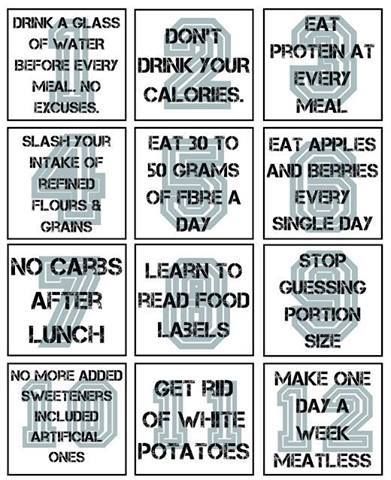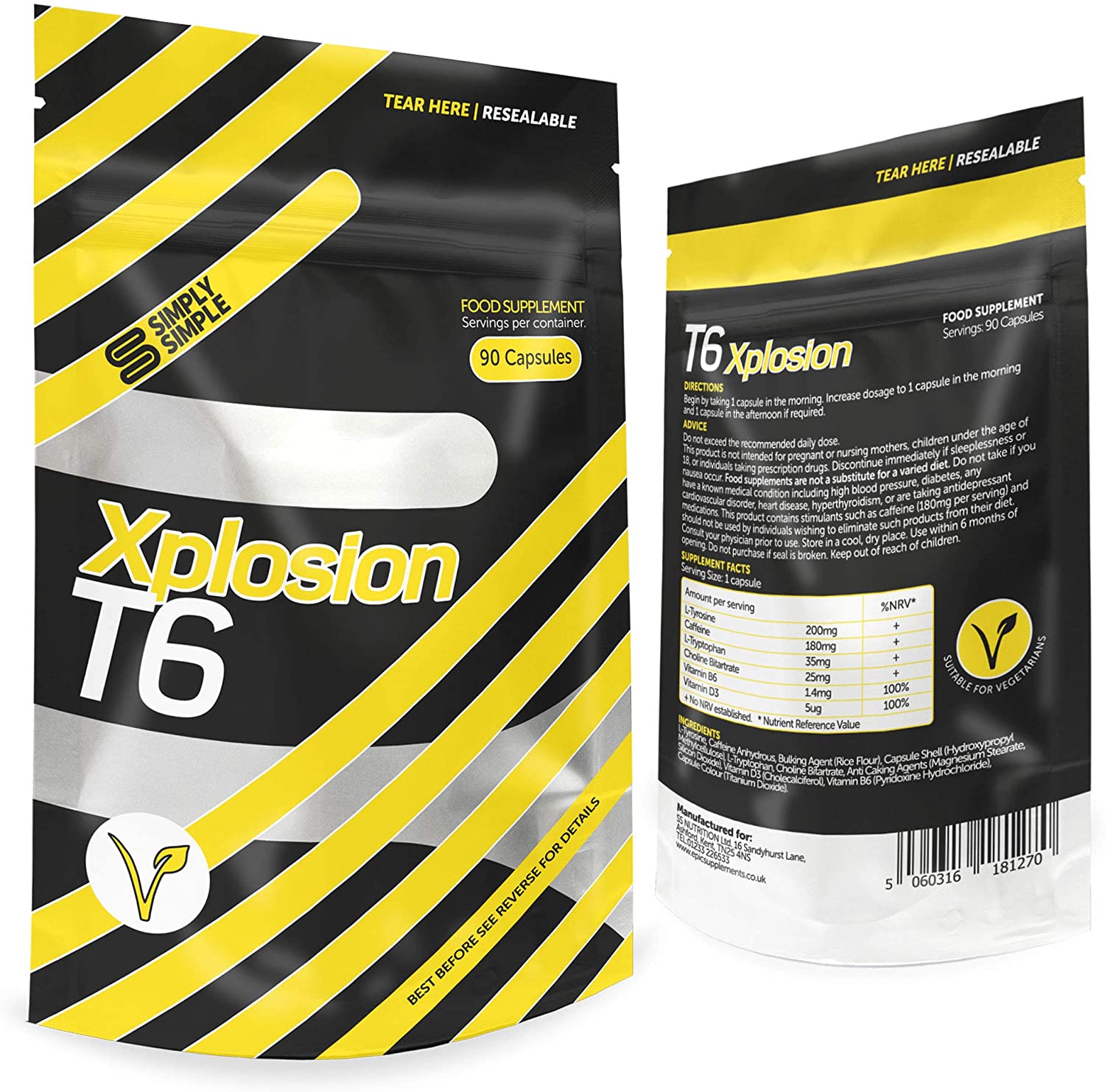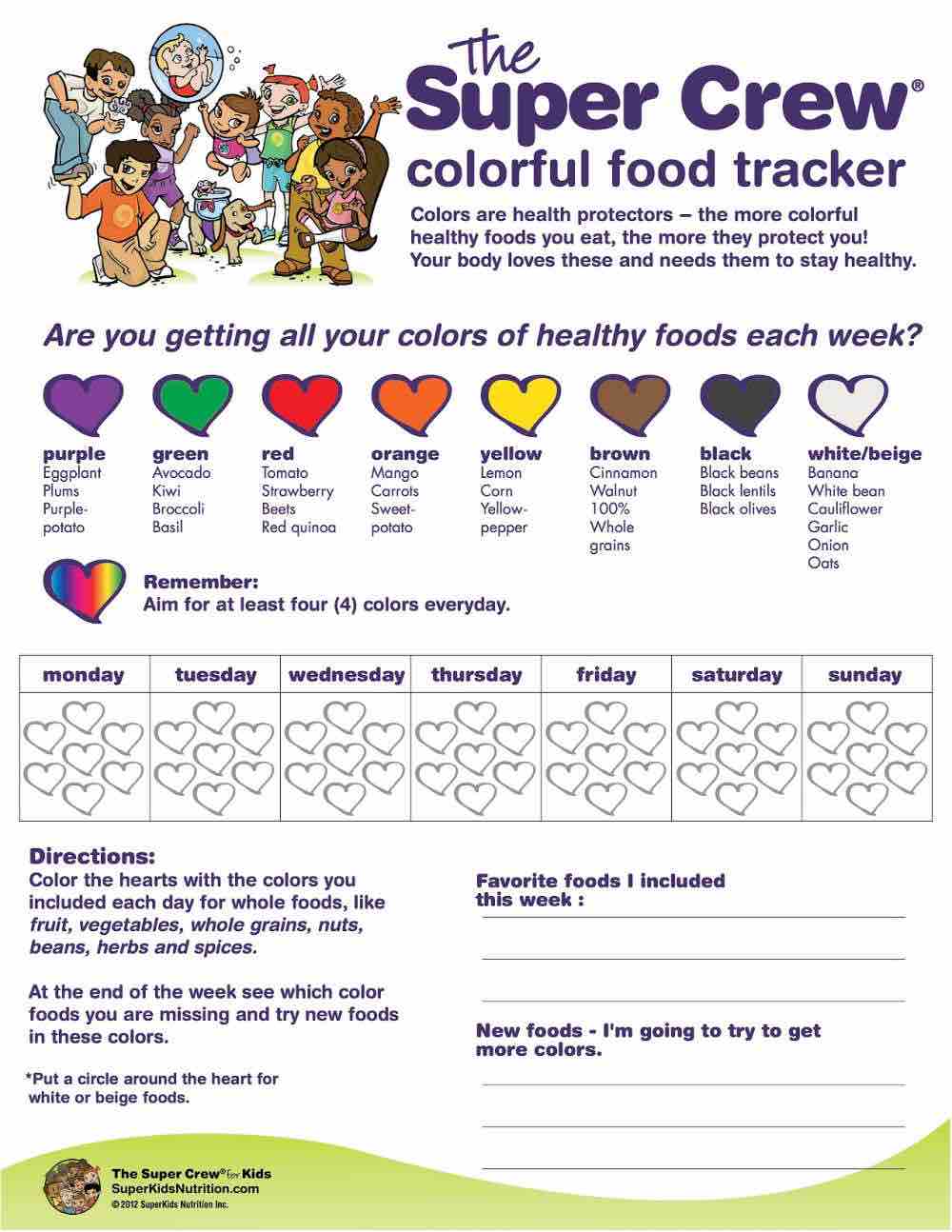
Whole foods rich in fiber include fruits, vegetables and nuts as well as whole grains. Eating fish and eggs is a good source of protein. A key part of healthy eating is drinking plenty of water. You can make water more fun by adding a lemon slice or other fruits to it. To make your water more interesting, you can add some lemon or other fruit to your smoothie. This will make the drink more interesting and less monotonous. A homemade juice can be made every day.

Avoiding processed foods is another key aspect of eating well. Although it won't guarantee better overall health, reducing the intake of processed foods will reduce your risk of developing certain diseases or conditions. Although it can be tempting to indulge in candy and ice cream, you should limit their consumption. These treats should only be enjoyed as a side dish and not as a main course. Even though you can enjoy ice cream from time to time, be careful not to exceed a certain limit.
Eat a variety of foods to promote good bacteria growth in your gut. By incorporating a variety of foods into your diet, you'll help your body's bacteria thrive and protect it from chronic diseases. Even if you don't allow your pickiest eaters to eat more than one meal per day, it is possible to introduce new foods slowly. Start by adding your favorite vegetable to two meals a day. You can add more foods to you diet.

Making small, consistent changes in your diet will help you stick with it. If you don't feel ready to make a big change, try a webinar hosted by Anna Renderer, host of POPSUGAR Fitness. This webinar will teach you three easy ways to eat what you want. Implementing a plan to help you stick to your goals will make you feel healthier quickly.
FAQ
What is the difference between a calorie or a kilocalorie.
Calories can be used to measure how much energy is in food. Calories are a unit of measurement. One calorie is equal to one degree Celsius in energy.
Kilocalories are another way to describe calories. Kilocalories can be measured in thousandsths of one calorie. 1000 calories are equal to one kilocalorie.
Why is it important that we live a healthy and happy life?
Having a healthy lifestyle helps us live longer, happier lives. A healthy diet, regular exercise and good sleep habits will prevent the development of diseases such as heart disease, stroke, cancer, diabetes, and Alzheimer's.
A healthy lifestyle can also help improve mental health and make it easier to deal with daily stressors. A healthy lifestyle will help us feel more confident and younger.
Do I need to count calories
Perhaps you are wondering what the best diet is for you. or "is counting calories necessary?" The answer to this question depends on many factors, including your current health, your personal goals and preferences, as well as your overall lifestyle.
The Best Diet - Which One Is Right To You?
My current health, my personal goals and lifestyle will determine the best diet for me. There are many good and bad diets. Some diets work well for some people and others do not. What should I do then? How do I make a good decision?
This article aims at answering these questions. It begins by briefly describing the various diets available today. Then, the pros and cons of each type of diet are discussed. Finally, we'll discuss which one is best.
Let's first take a look at different diets.
Diet Types
There are three main types of diets: low fat, high protein, and ketogenic. Let's discuss them briefly below.
Low Fat Diets
A low fat diet means a diet that reduces the intake of fats. This is achieved through reducing intakes of saturated fats (butter and cream cheese, for example). These fats can be replaced with unsaturated fats like avocados and olive oil. People who are looking to lose weight quickly and easily will benefit from a low-fat diet. This type of diet can lead to constipation and heartburn as well as indigestion. If a person doesn’t receive enough vitamins from their foods, this can lead to vitamin deficiency.
High Protein Diets
High protein diets are known to restrict carbohydrate intake and promote the consumption of proteins. These diets have higher protein levels than other diets. These diets can help increase muscle mass and decrease calories. The downside is that they may not provide adequate nutrition for someone who needs to eat regularly. They are also very restrictive, so they might not be appropriate for everyone.
Ketogenic Diets
Ketogenic diets also go by the name keto diets. They are high on fat but low in carbs and proteins. These foods are popular among athletes and bodybuilders as they allow them to train harder, longer and without becoming tired. However, they must be used with caution to avoid nausea, headaches and fatigue.
How much should I weigh for my height and age? BMI calculator and chart
Calculating your body mass index (BMI), is the best method to calculate how much weight to lose. A healthy BMI range should be between 18.5 and 24,000. Weight loss is possible if you aim to lose approximately 10 pounds per week. Enter your weight and height into the BMI calculator.
This BMI chart will help you determine if your body is overweight or obese.
Statistics
- In both adults and children, the intake of free sugars should be reduced to less than 10% of total energy intake. (who.int)
- WHO recommends consuming less than 5% of total energy intake for additional health benefits. (who.int)
- Extra virgin olive oil may benefit heart health, as people who consume it have a lower risk for dying from heart attacks and strokes according to some evidence (57Trusted Source (healthline.com)
- According to the Physical Activity Guidelines for Americans, we should strive for at least 150 minutes of moderate intensity activity each week (54Trusted Source Smoking, harmful use of drugs, and alcohol abuse can all seriously negatively affect your health. (healthline.com)
External Links
How To
What does the word "vitamin" mean?
Vitamins are organic compounds that can be found in foods. Vitamins help us absorb nutrients from foods we eat. Vitamins cannot be made by the body; they must be taken from food.
Two types of vitamins exist: water-soluble vitamin and fat-soluble vitamin. Water soluble vitamins dissolve easily in water. Examples include vitamin C,B1 (thiamine), B2 (riboflavin), B3 (niacin), B6 (pyridoxine), folic acid, biotin, pantothenic acid, and choline. Fat-soluble vitamins are stored in the liver, fatty tissue and kidneys. These include vitamin D, E and K, as well as beta carotene.
Vitamins can be classified according to biological activity. There are eight main groups of vitamins.
-
A - Vital for normal growth and maintaining good health.
-
C - essential for nerve function and energy generation.
-
D - necessary for healthy bones and teeth.
-
E - needed for good vision and reproduction.
-
K - Essential for healthy muscles and nerves.
-
P - Essential for strong bones and teeth.
-
Q – aids digestion of iron and iron absorption
-
R - necessary for making red blood cells.
The recommended daily allowance (RDA), for vitamins, varies depending upon age, gender, or physical condition. The U.S. Food and Drug Administration sets RDA values.
For adults over 19 years, the RDA is 400 mg per day for vitamin A. Pregnant women require 600 micrograms daily to support fetal development. Children ages 1-8 require 900 micrograms per day. Babies under one-year old require 700 mg per day. Between 9 and 12 years of age, however, this drops to 500 mg per day.
Children ages 1-18years who are obese need 800 micrograms per day while those who are overweight need 1000 micrograms per day and children who are underweight need 1200 micrograms per day to meet their nutritional needs.
Children 4-8 years old who have anemia must consume 2200 micrograms of Vitamin C daily.
2000 micrograms daily is required for adults over 50 to maintain their general health. Mothers who are pregnant, nursing, or have a high nutrient need will require 3000 micrograms a day.
Adults over 70 need 1500 micrograms daily, as they lose 10% of their muscle every ten years.
Women who are pregnant, nursing or breastfeeding need more than the RDA. Pregnant and breastfeeding women require 4000 micrograms each day during pregnancy and 2500 Micrograms each day after delivery. Breastfeeding mothers need to consume 5000 micrograms every day when breastmilk has been produced.